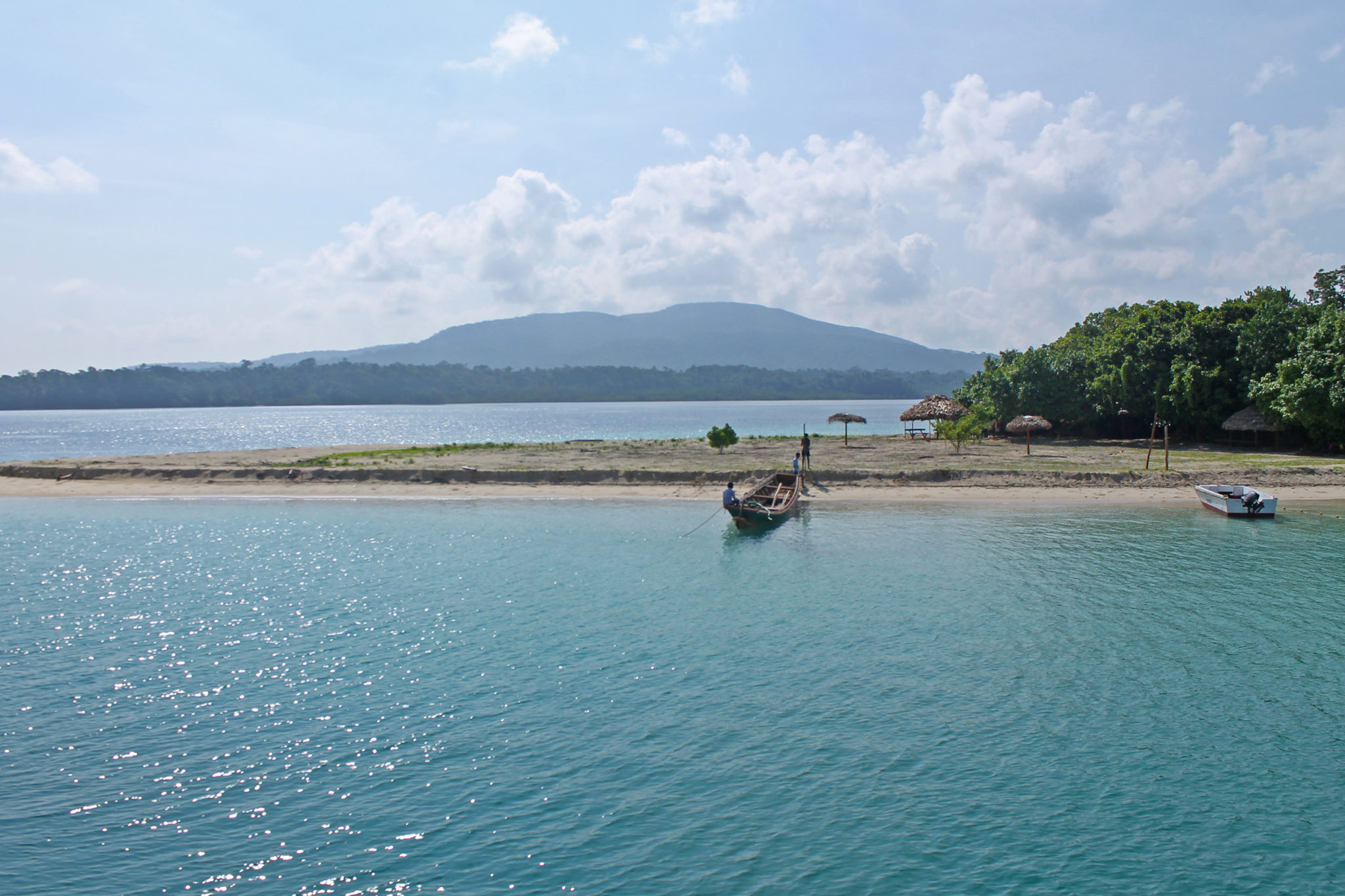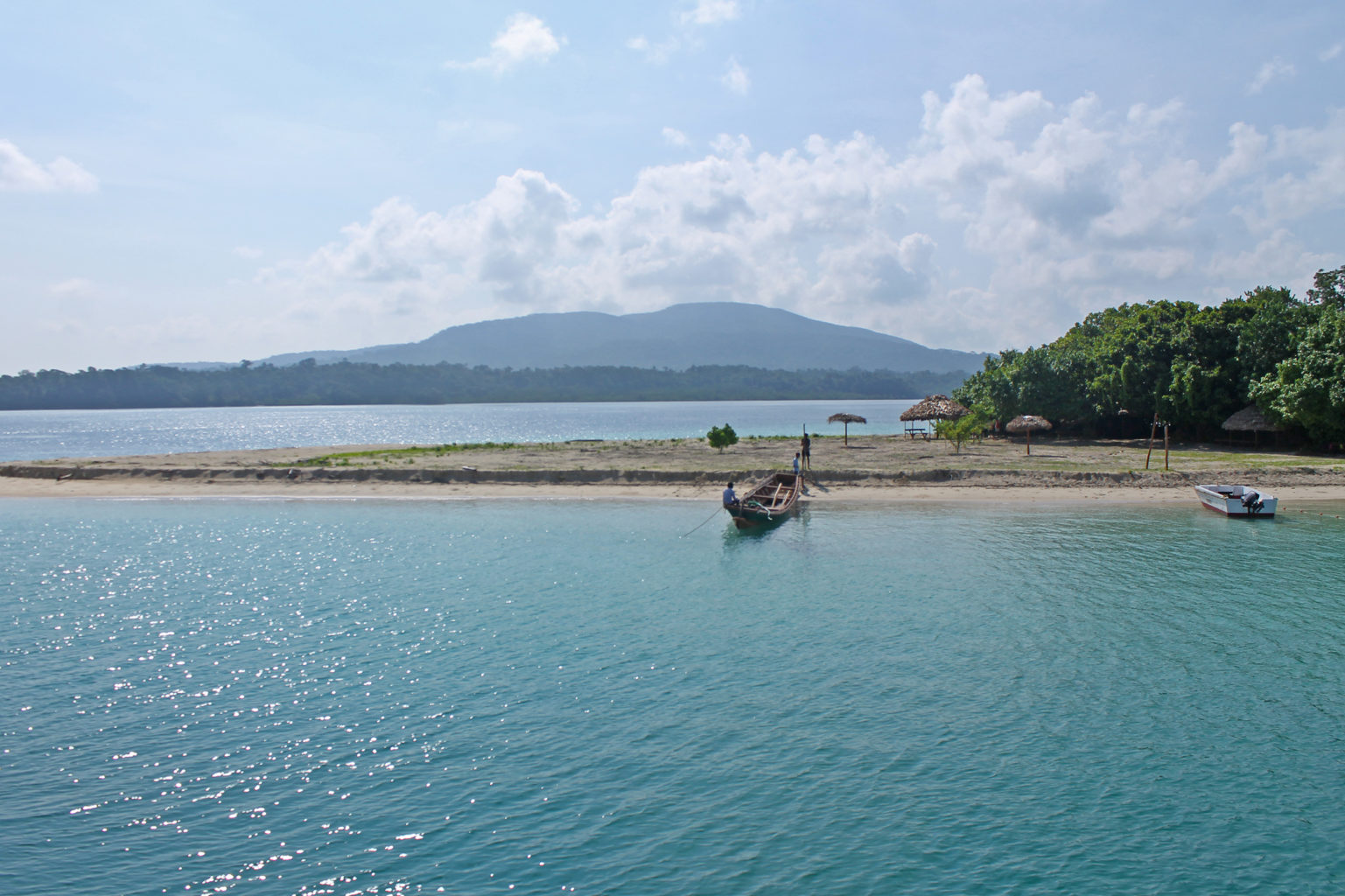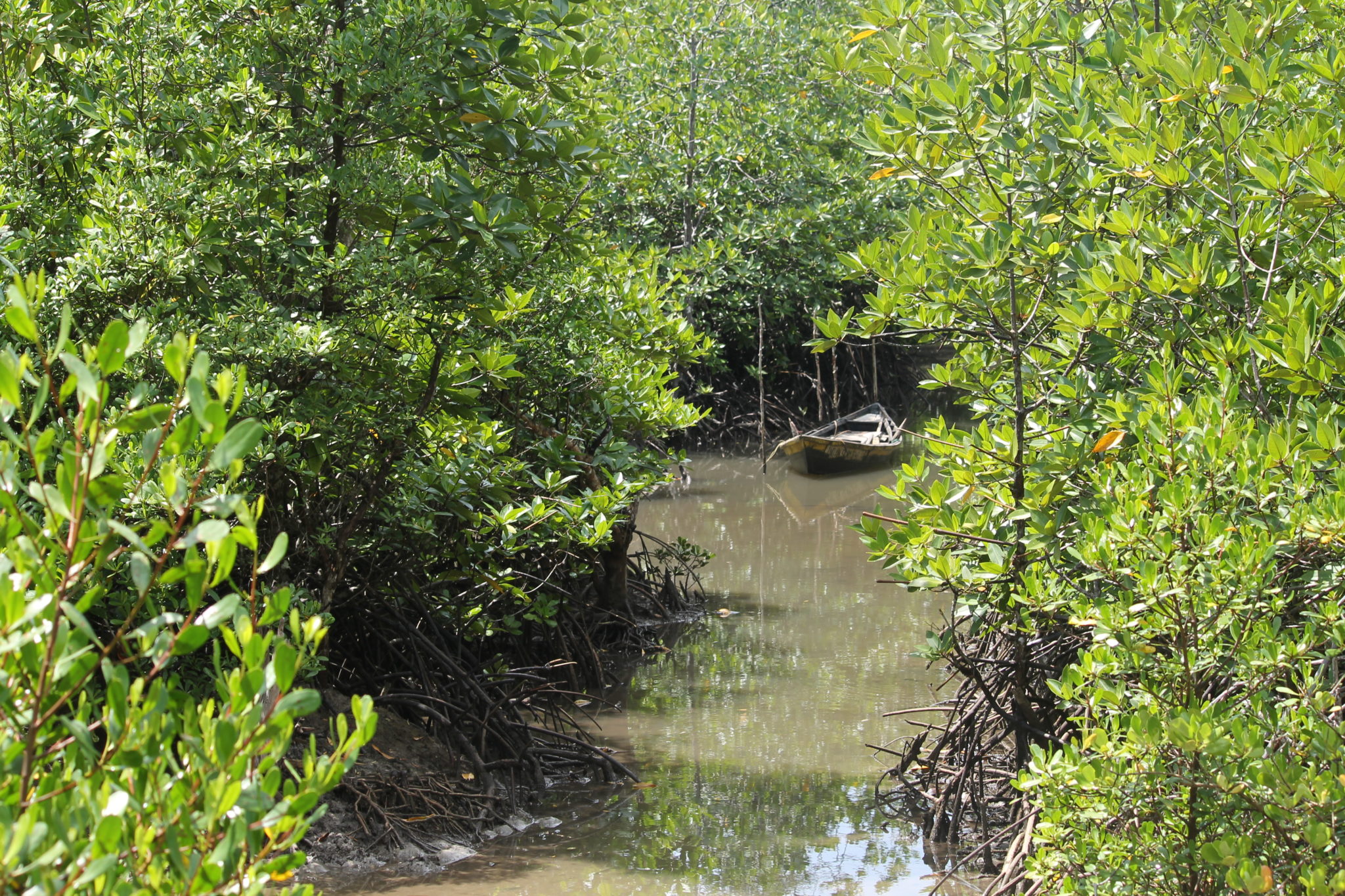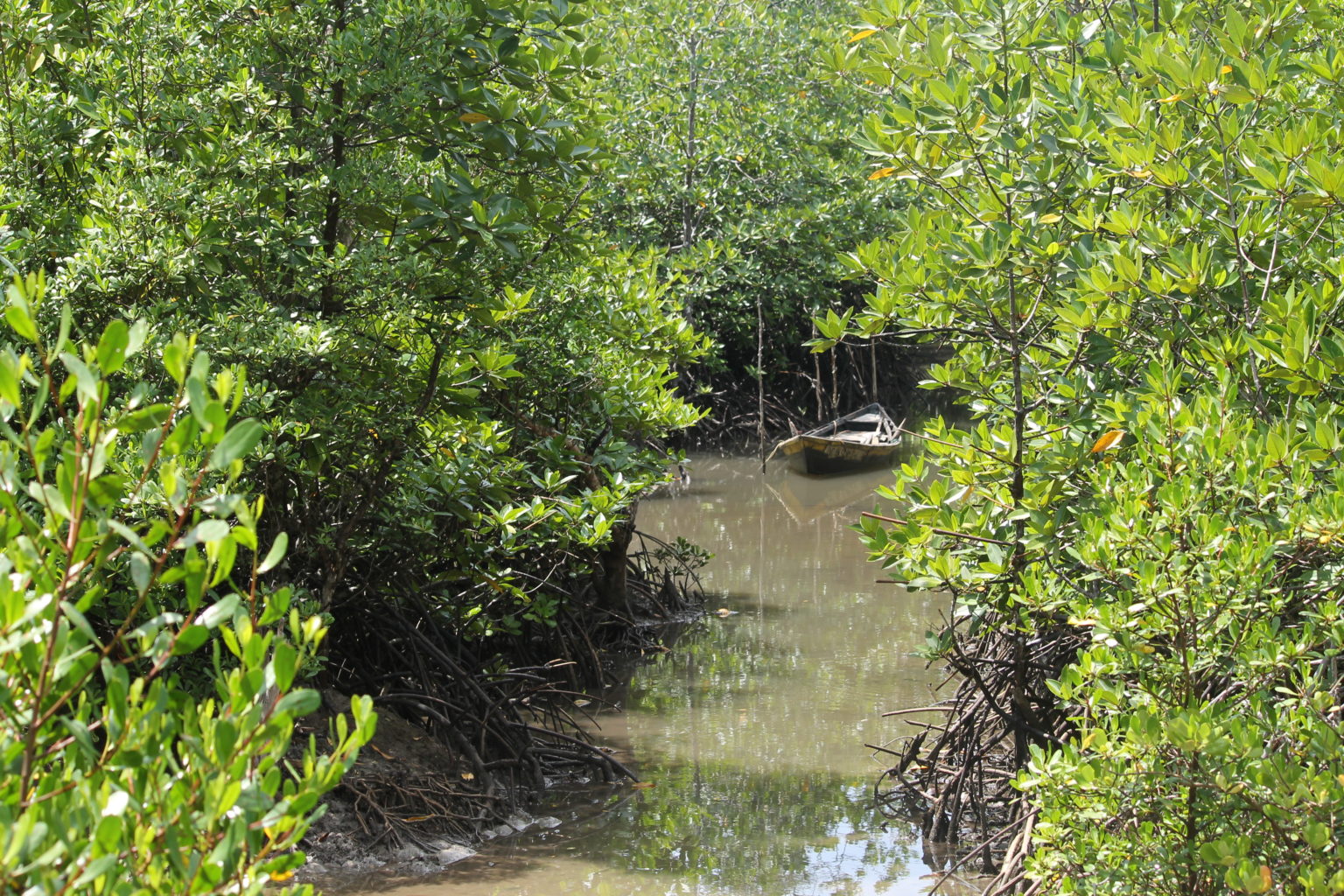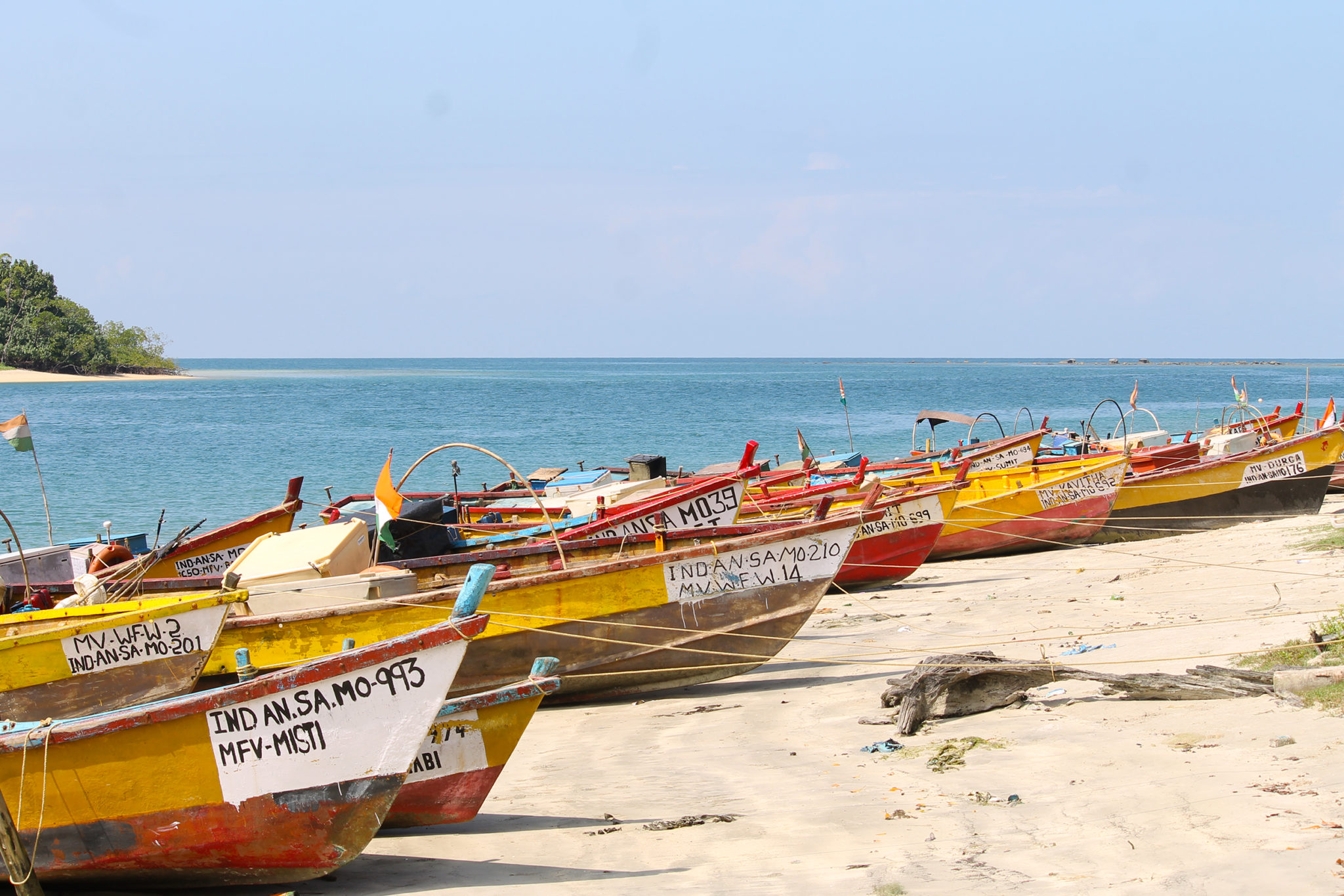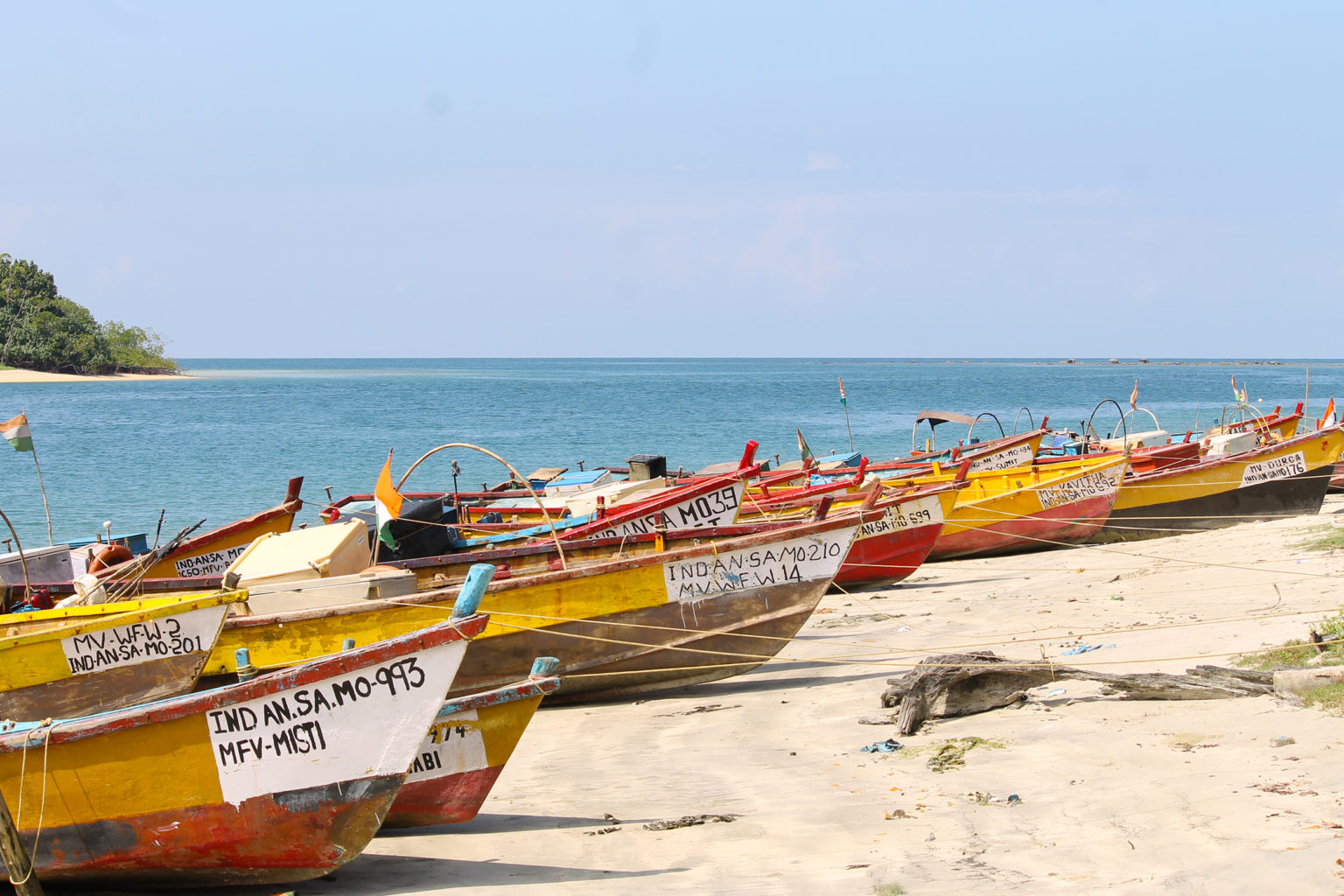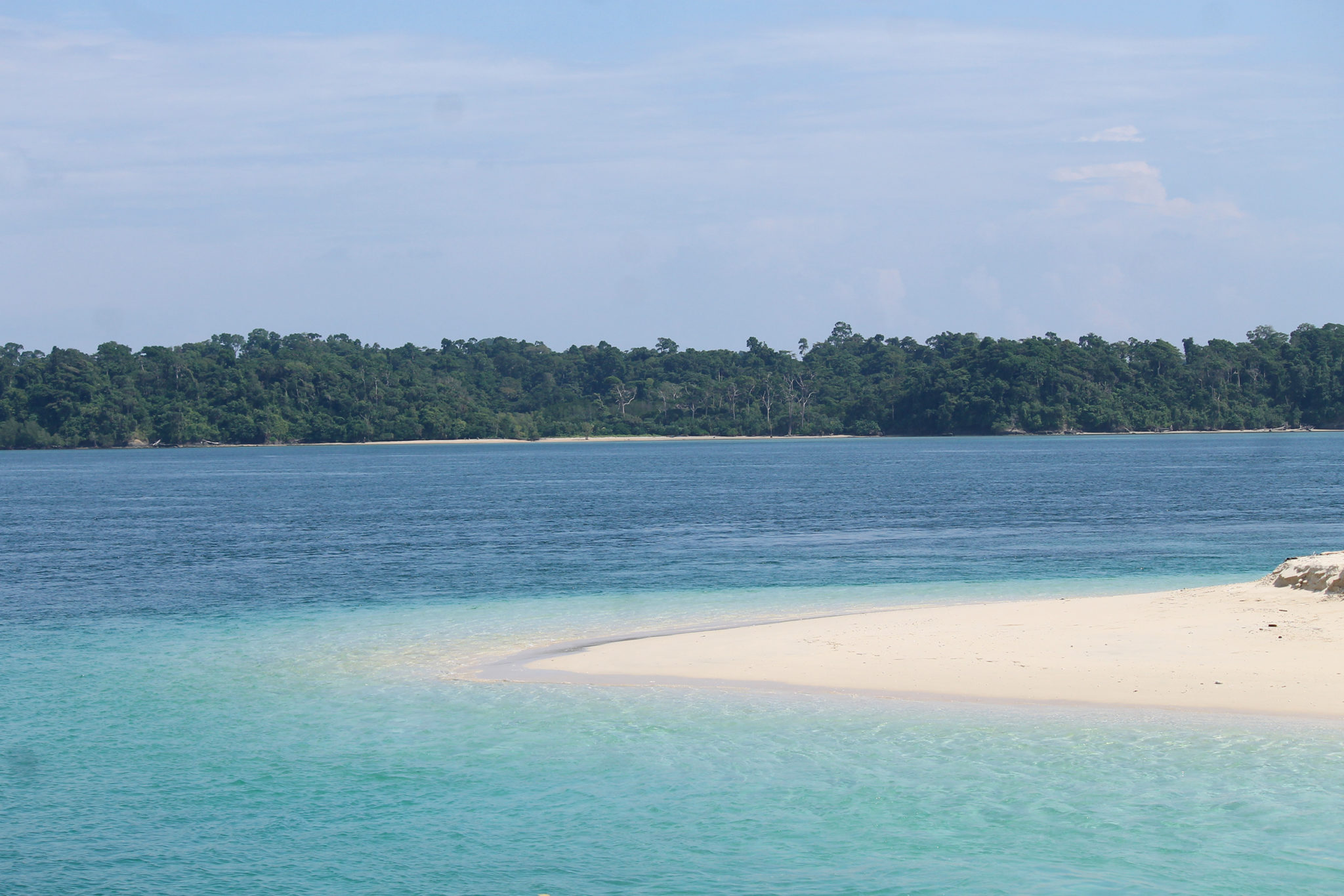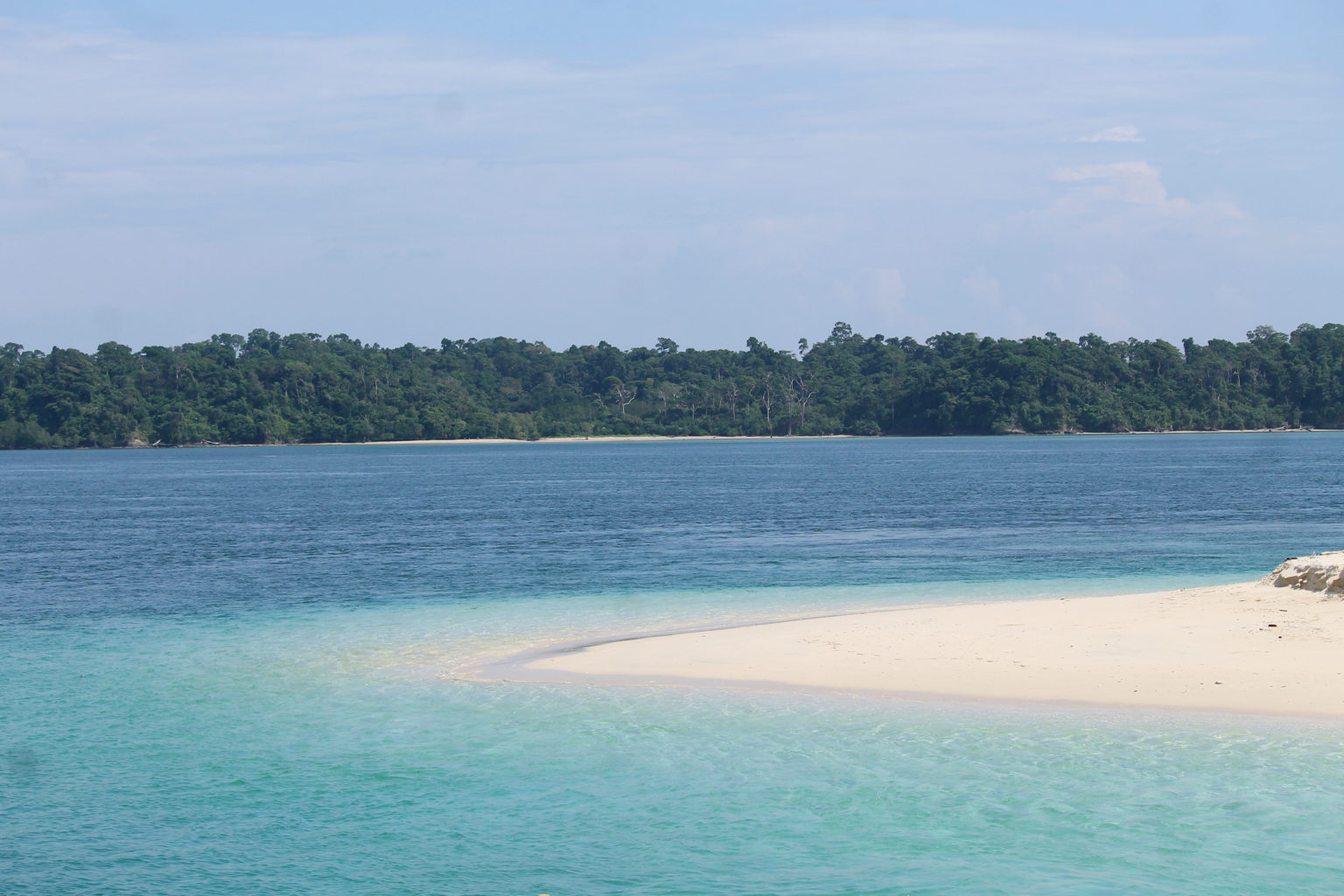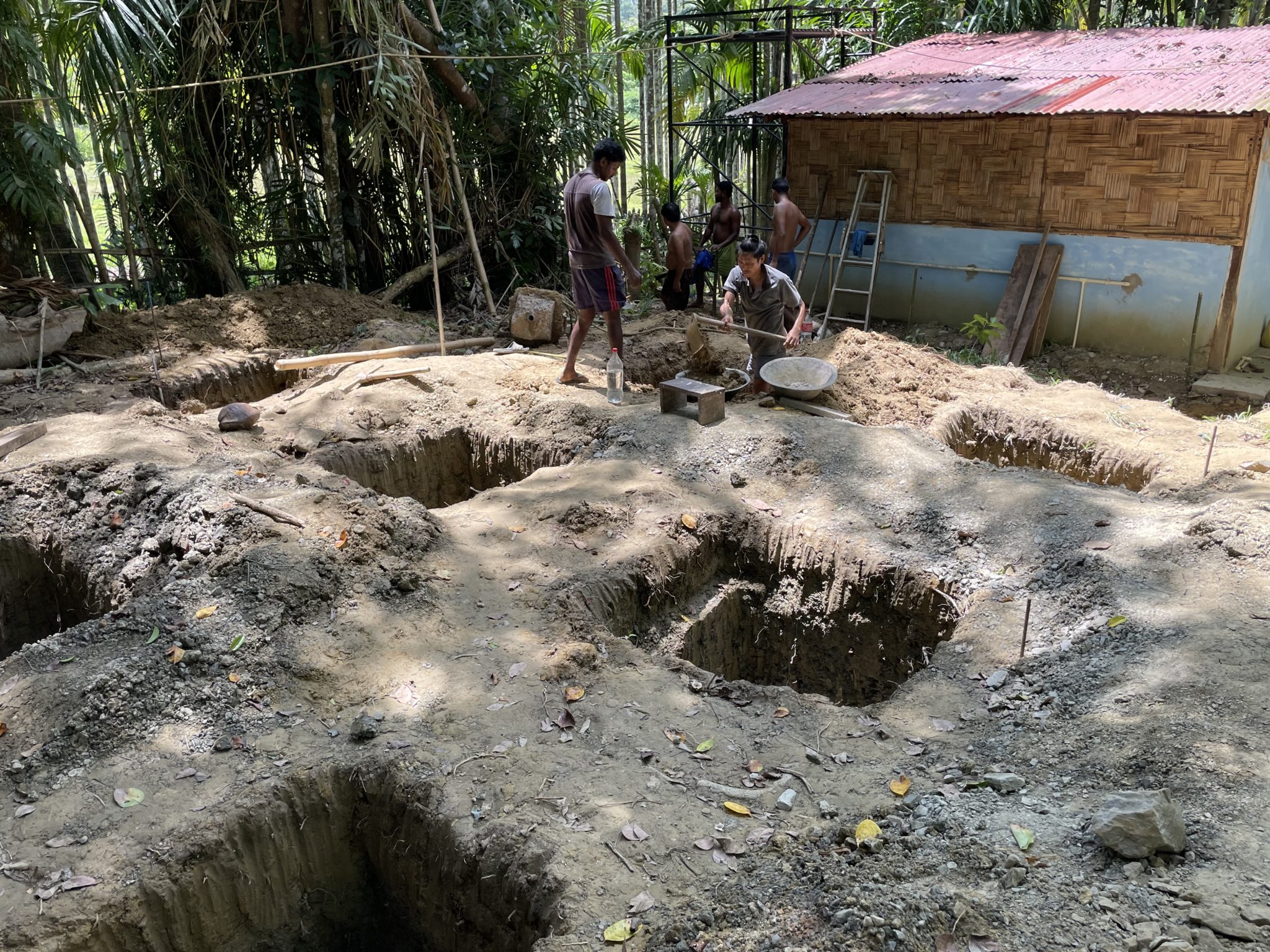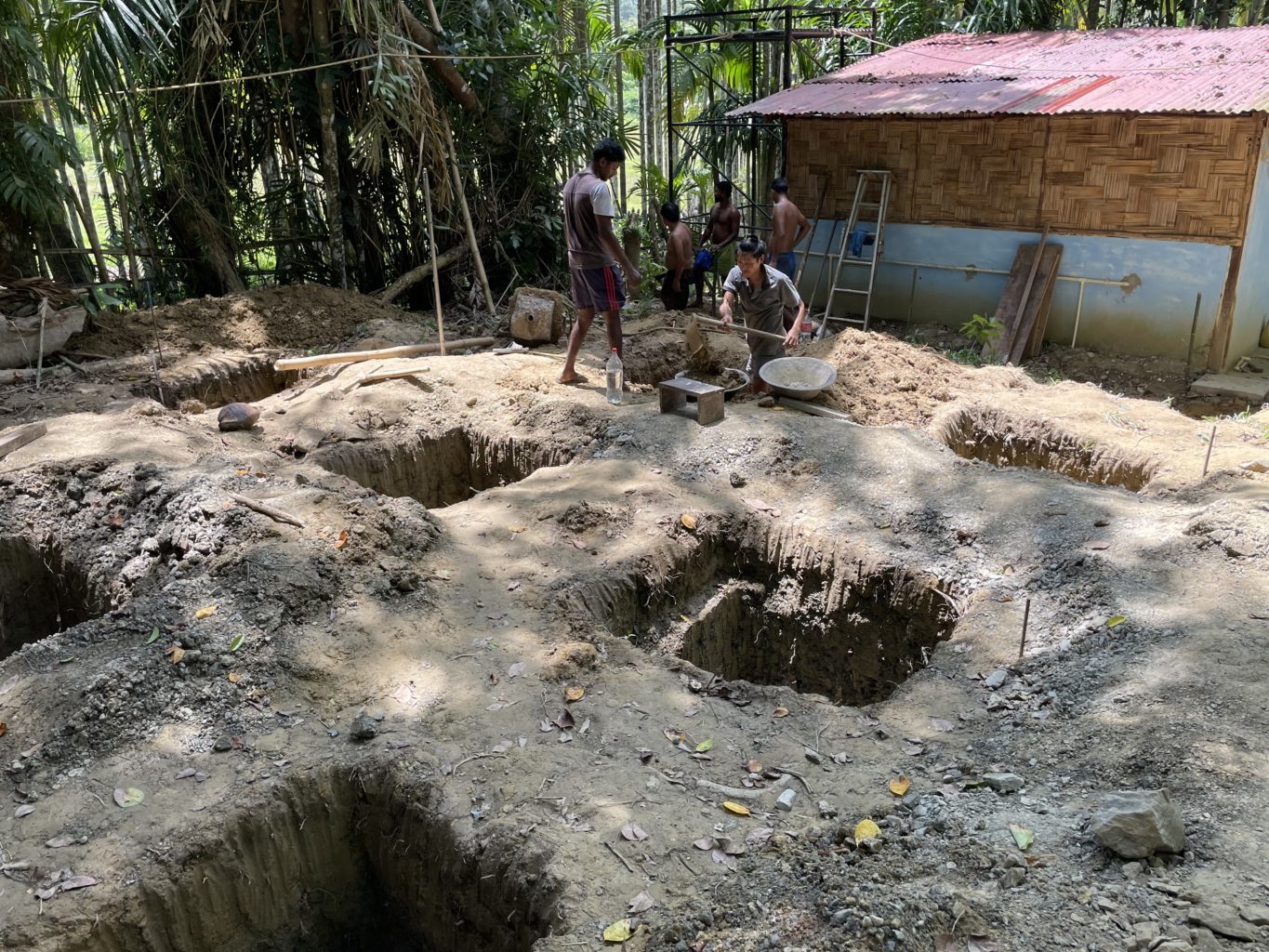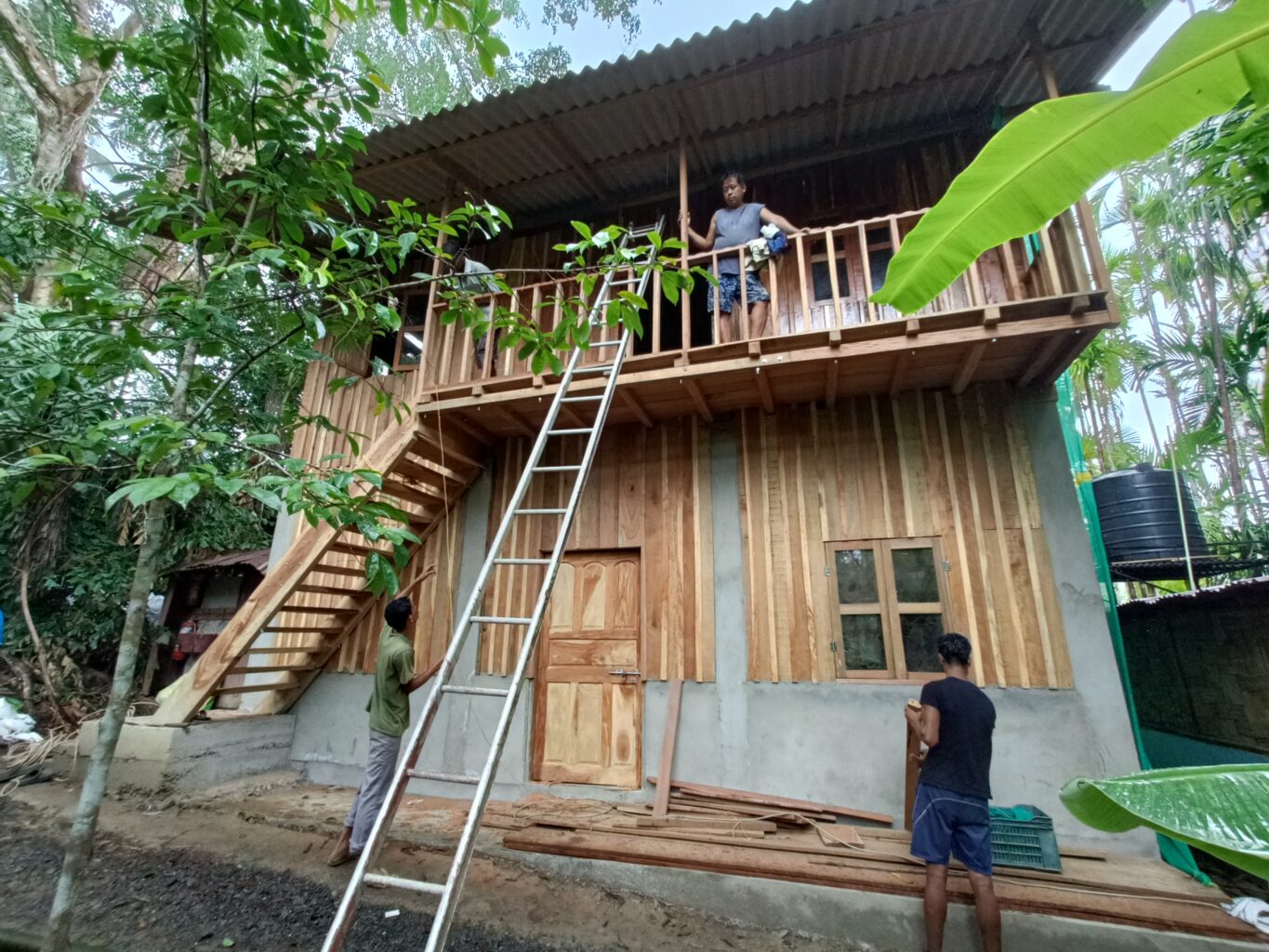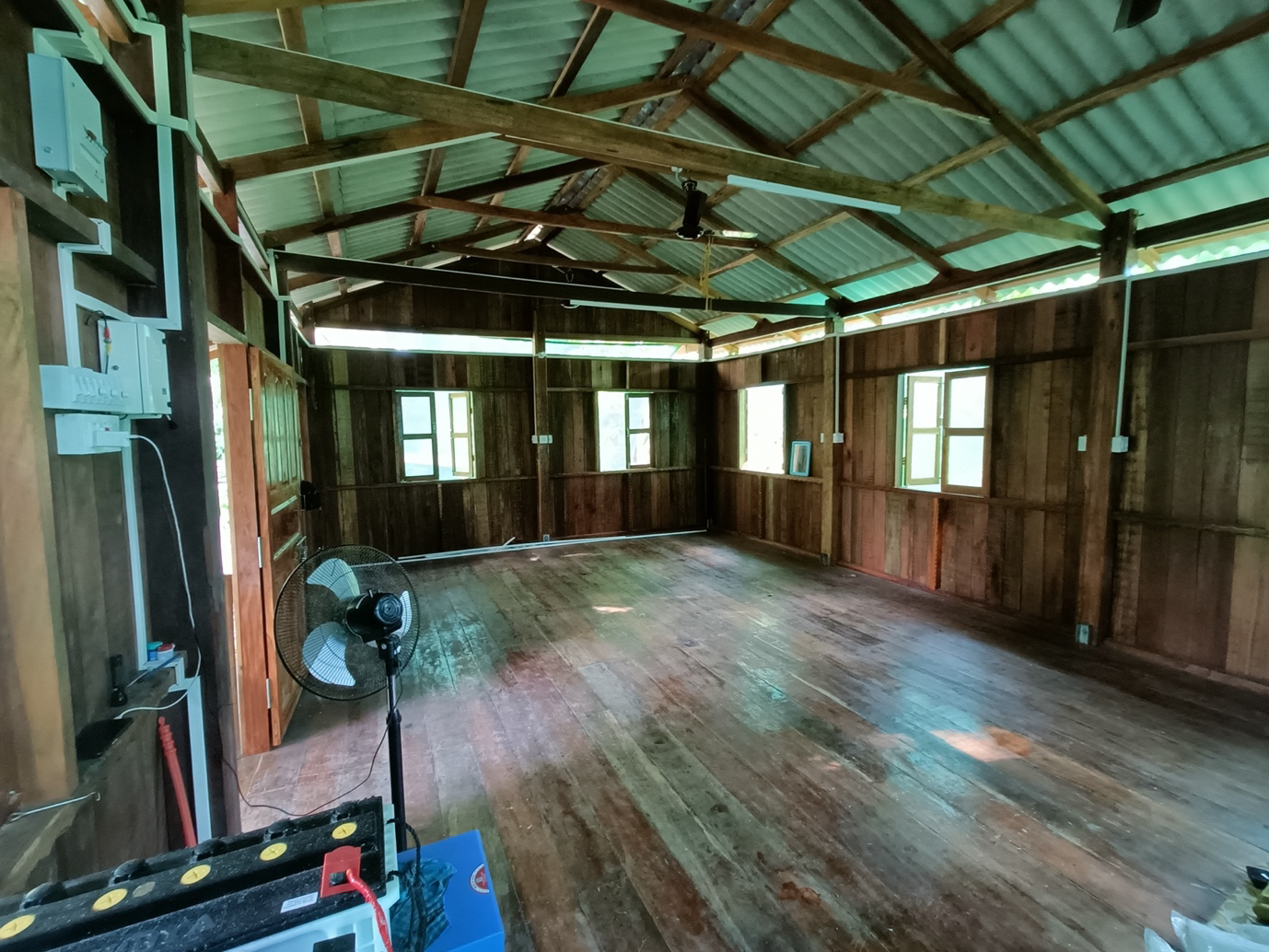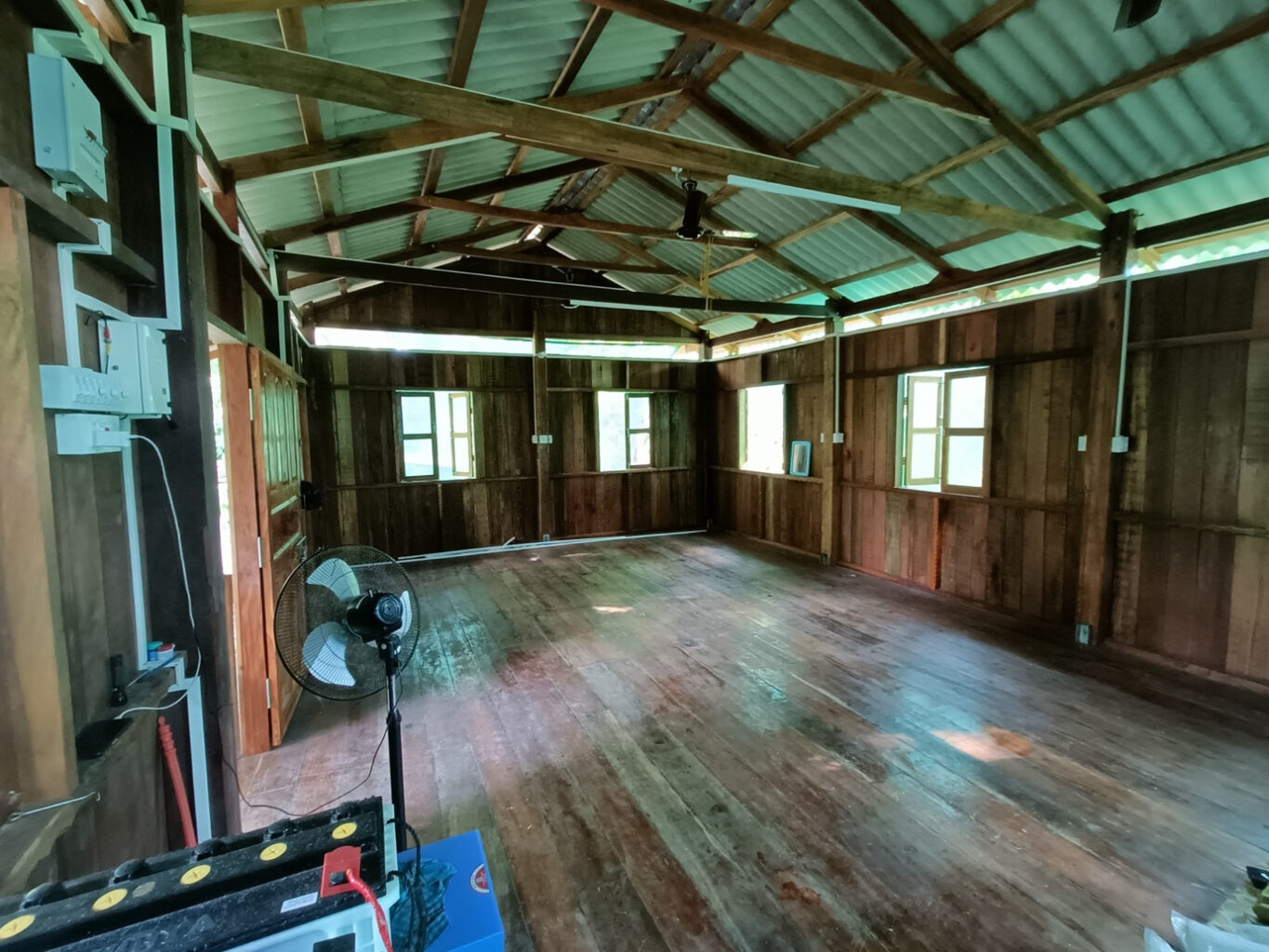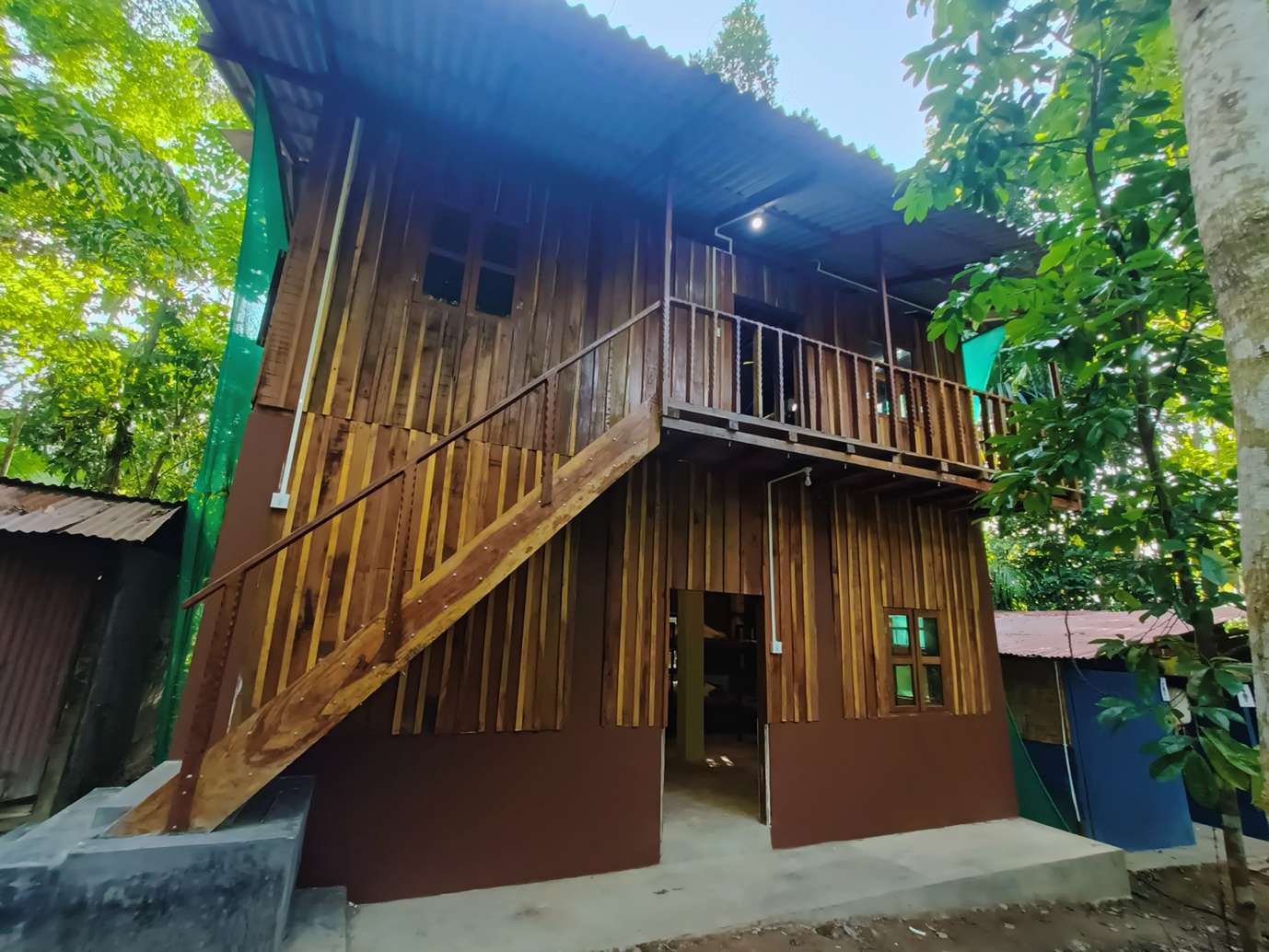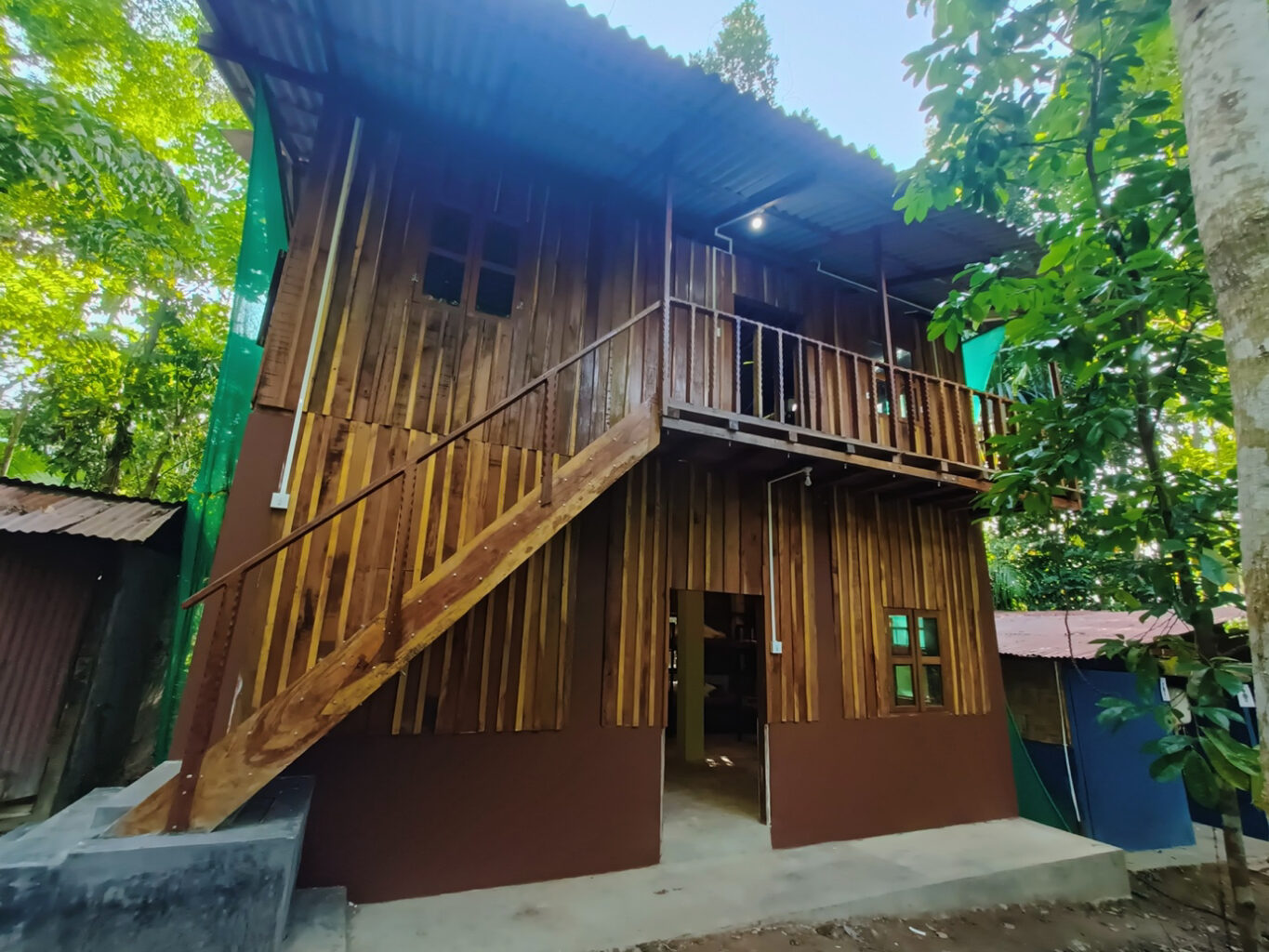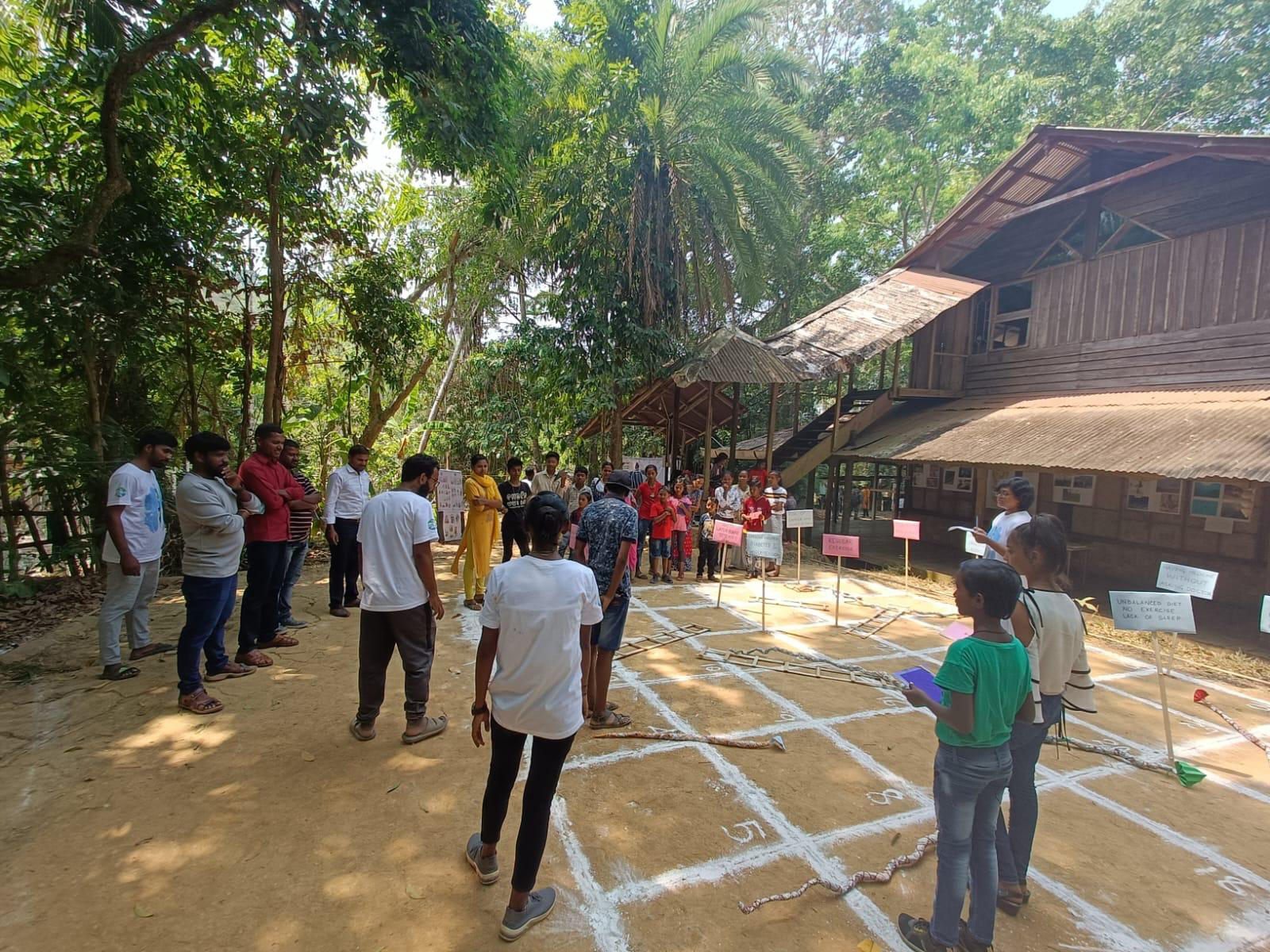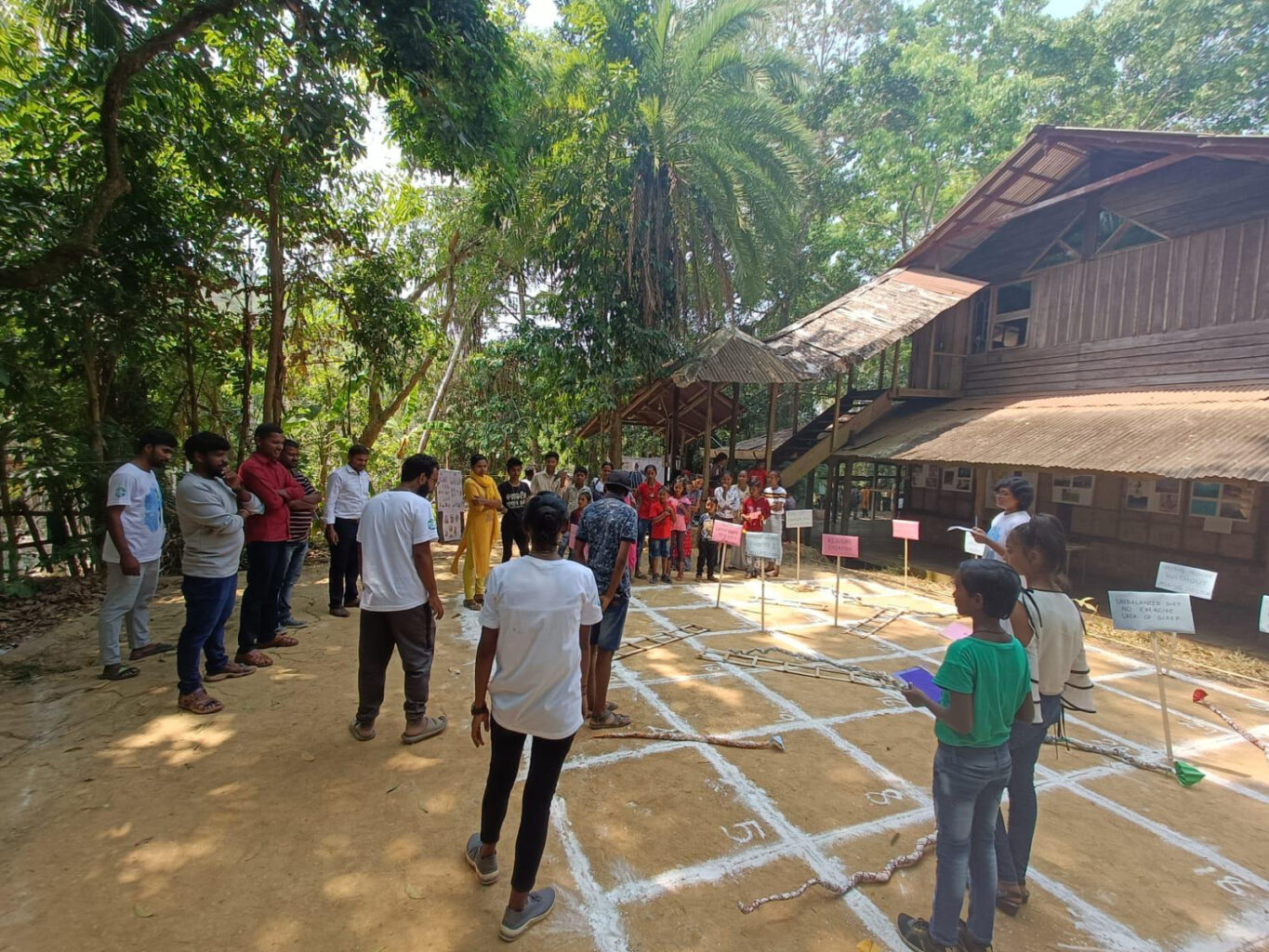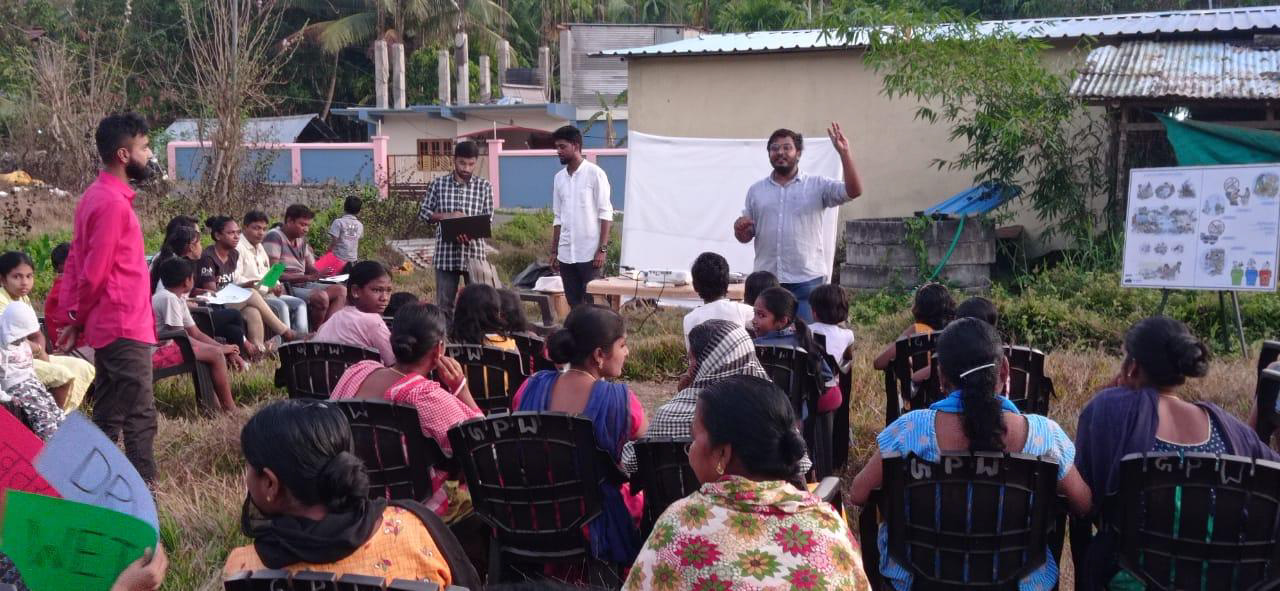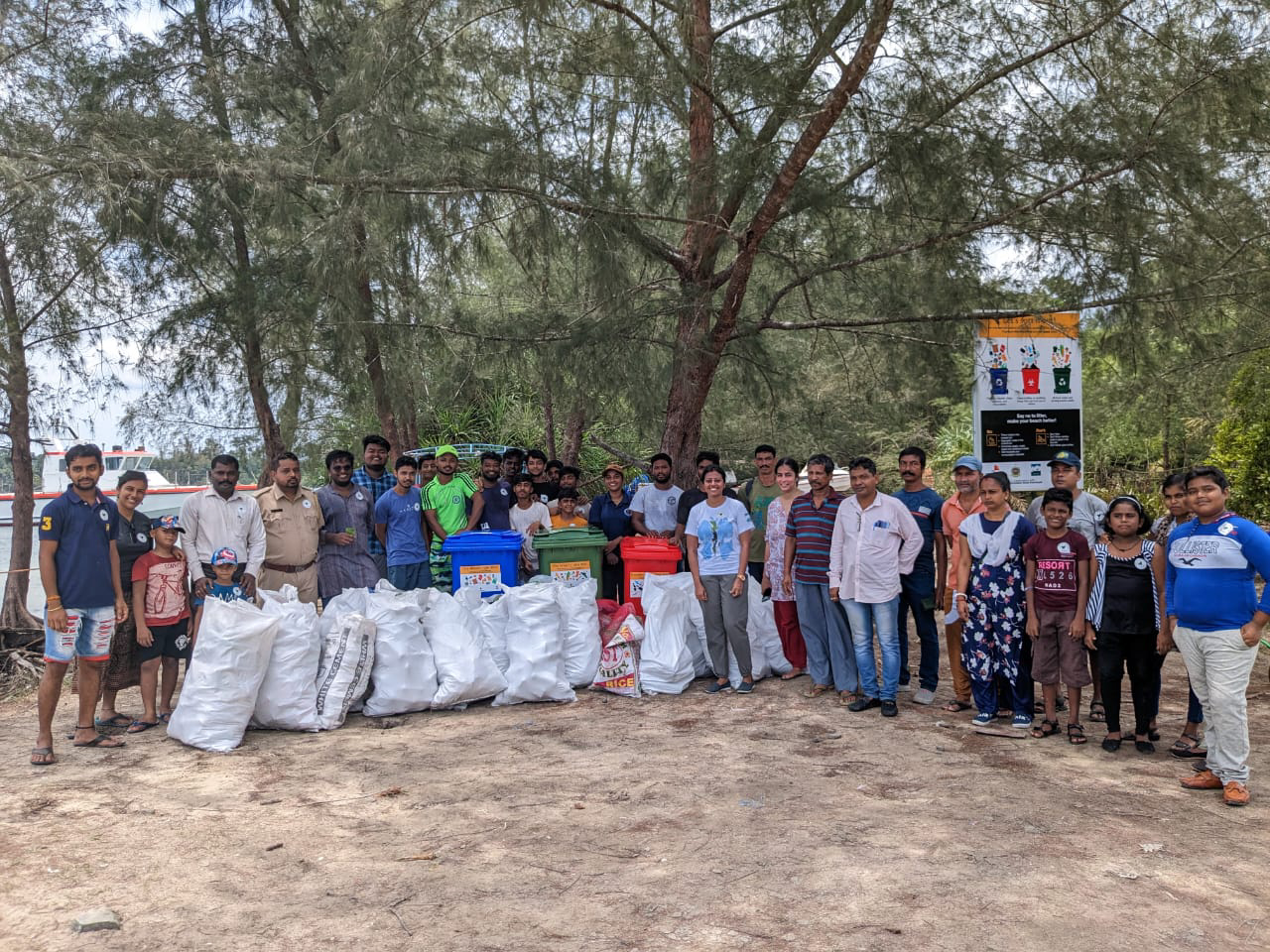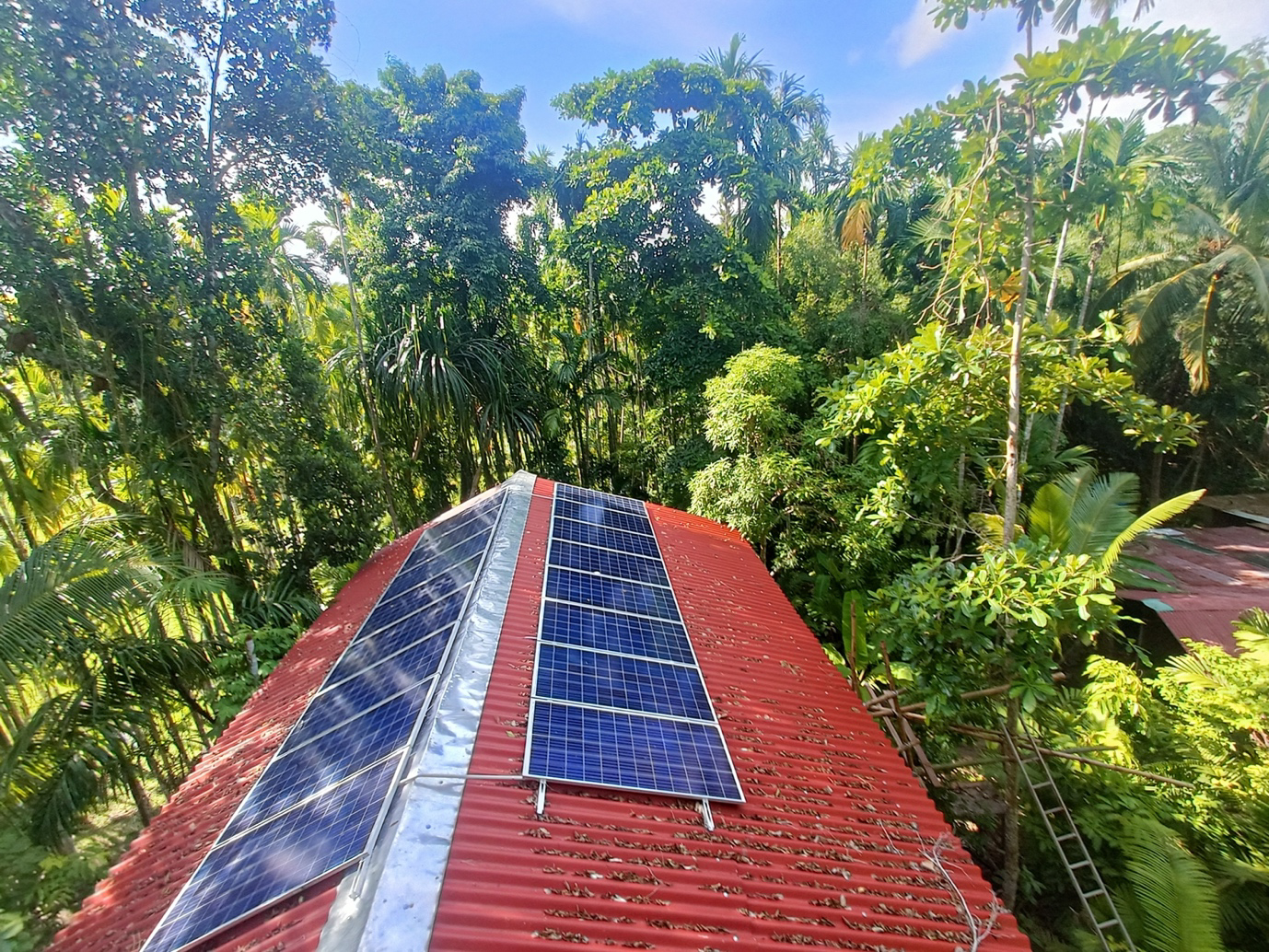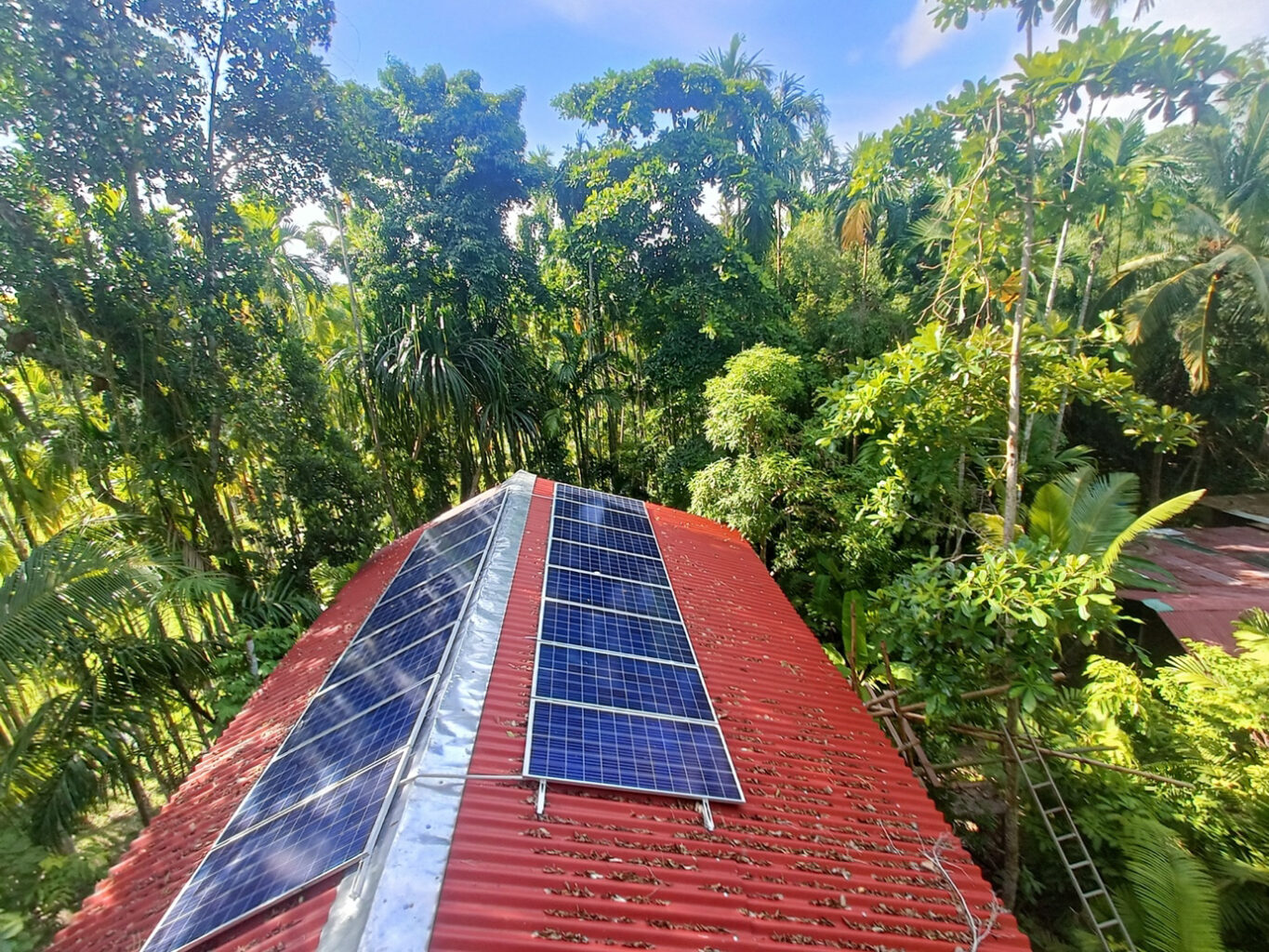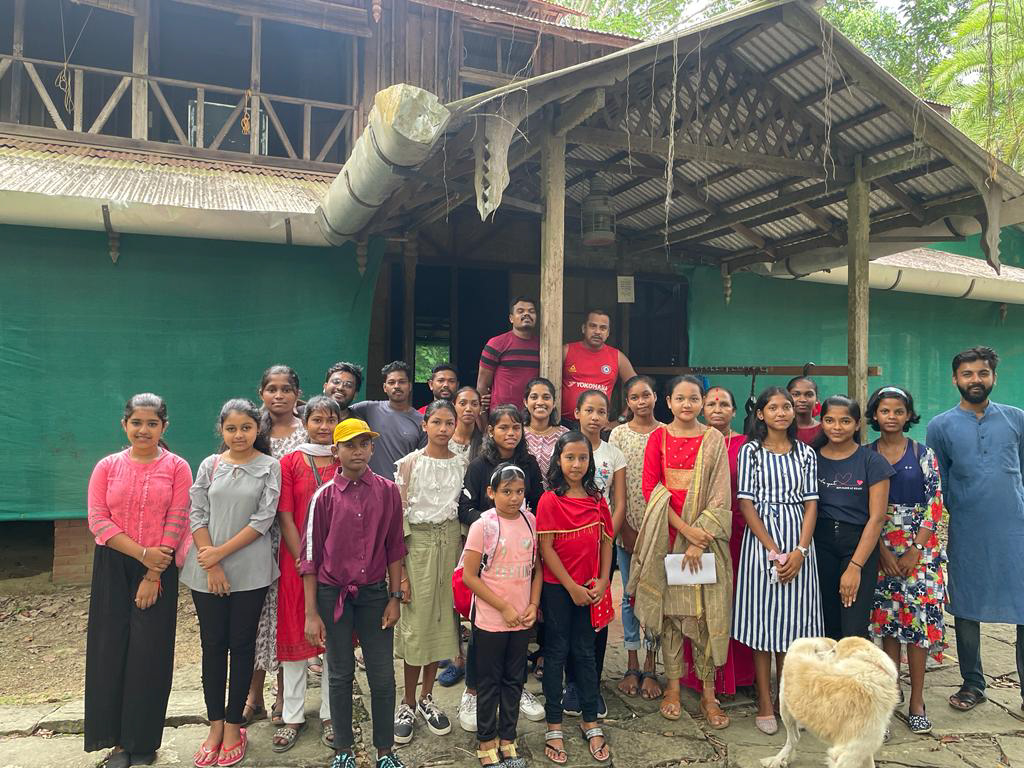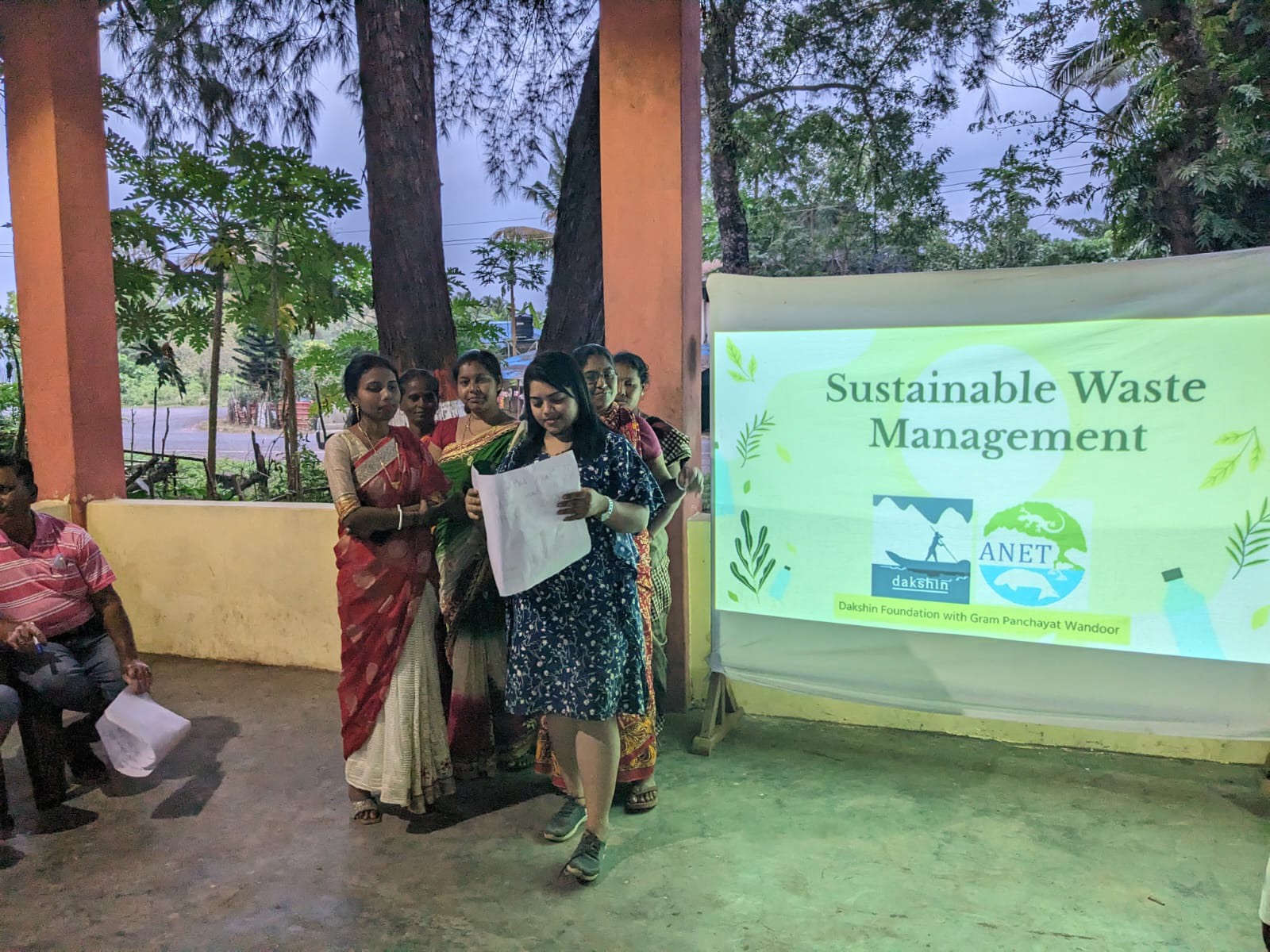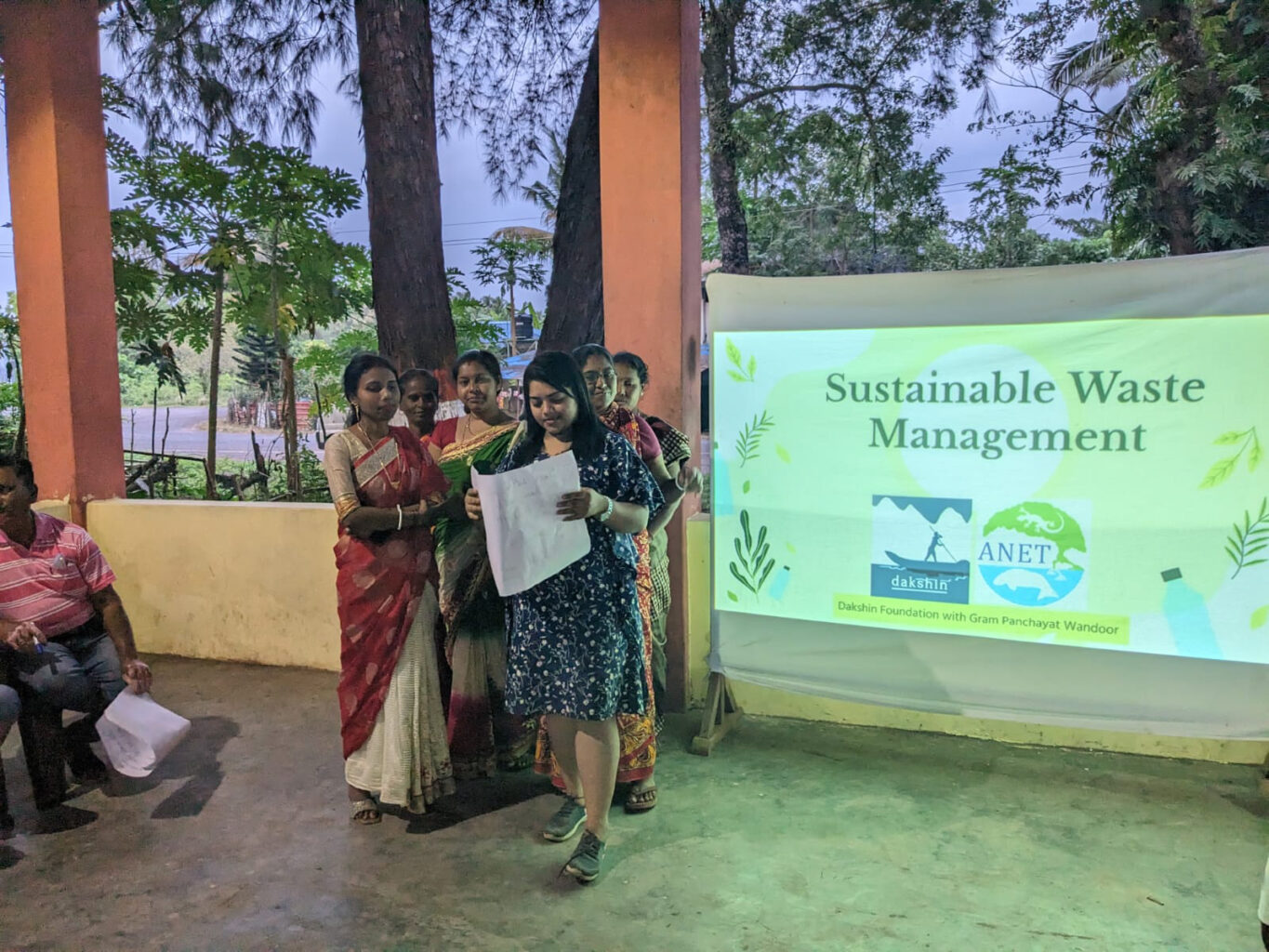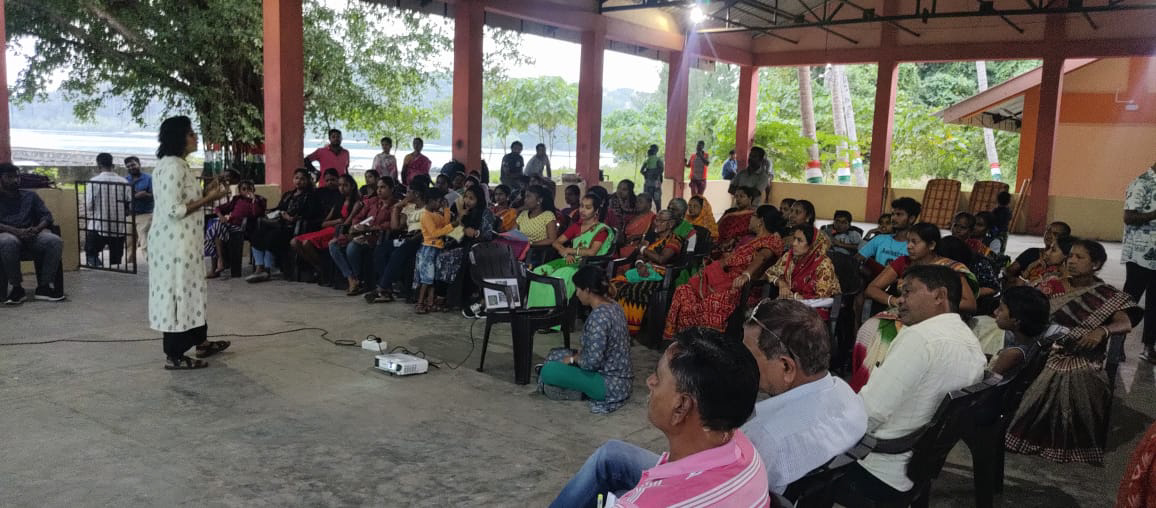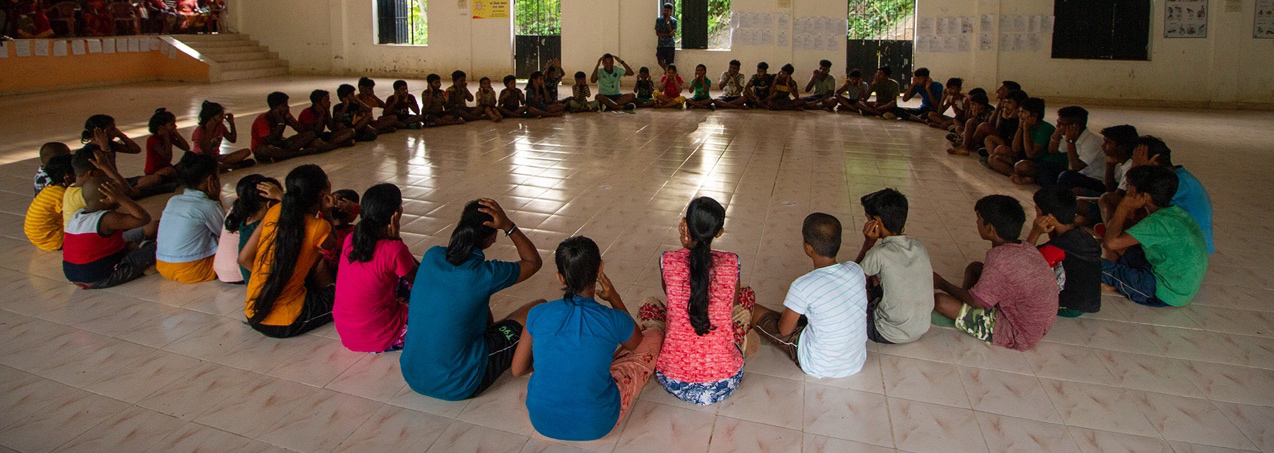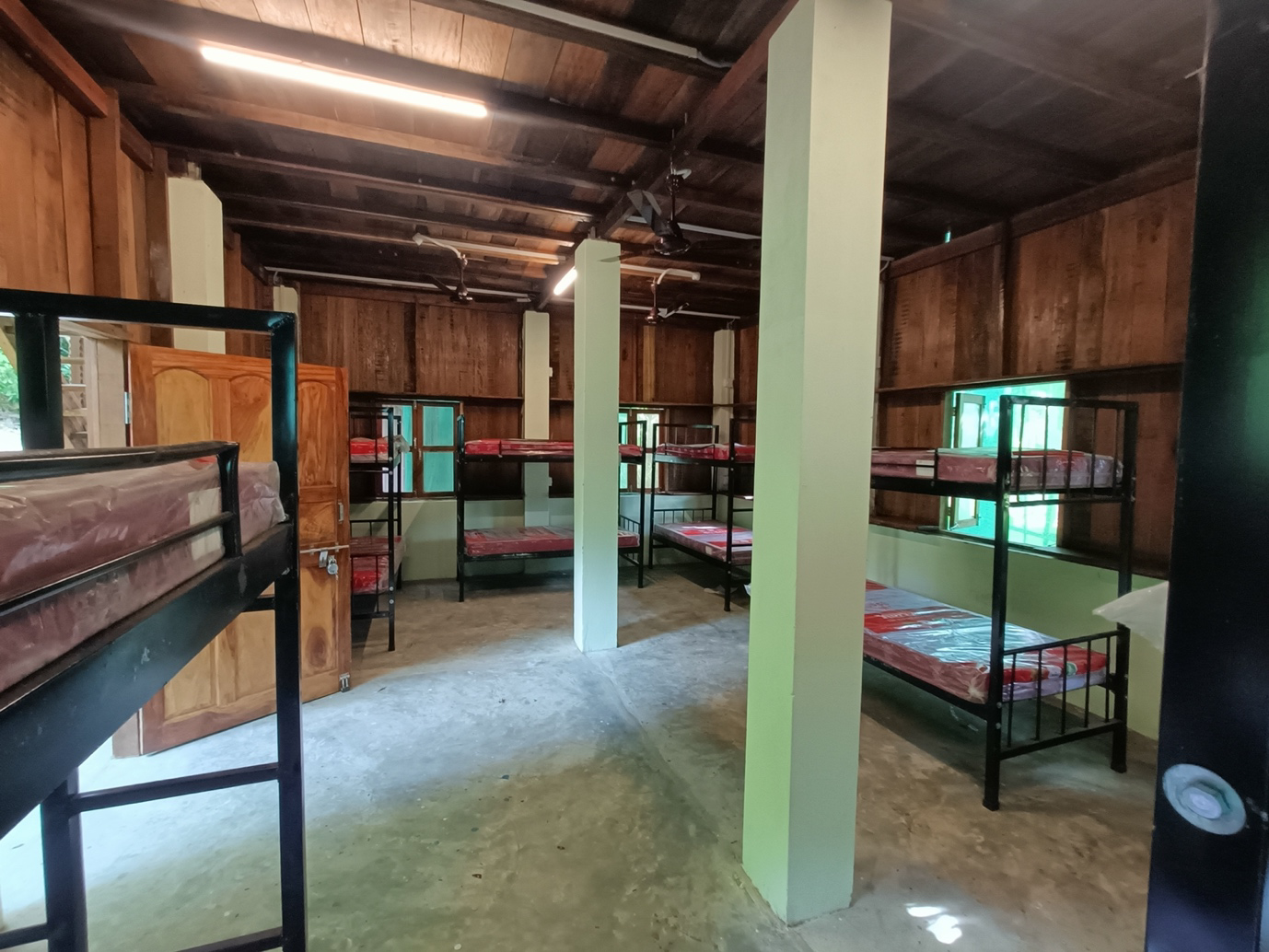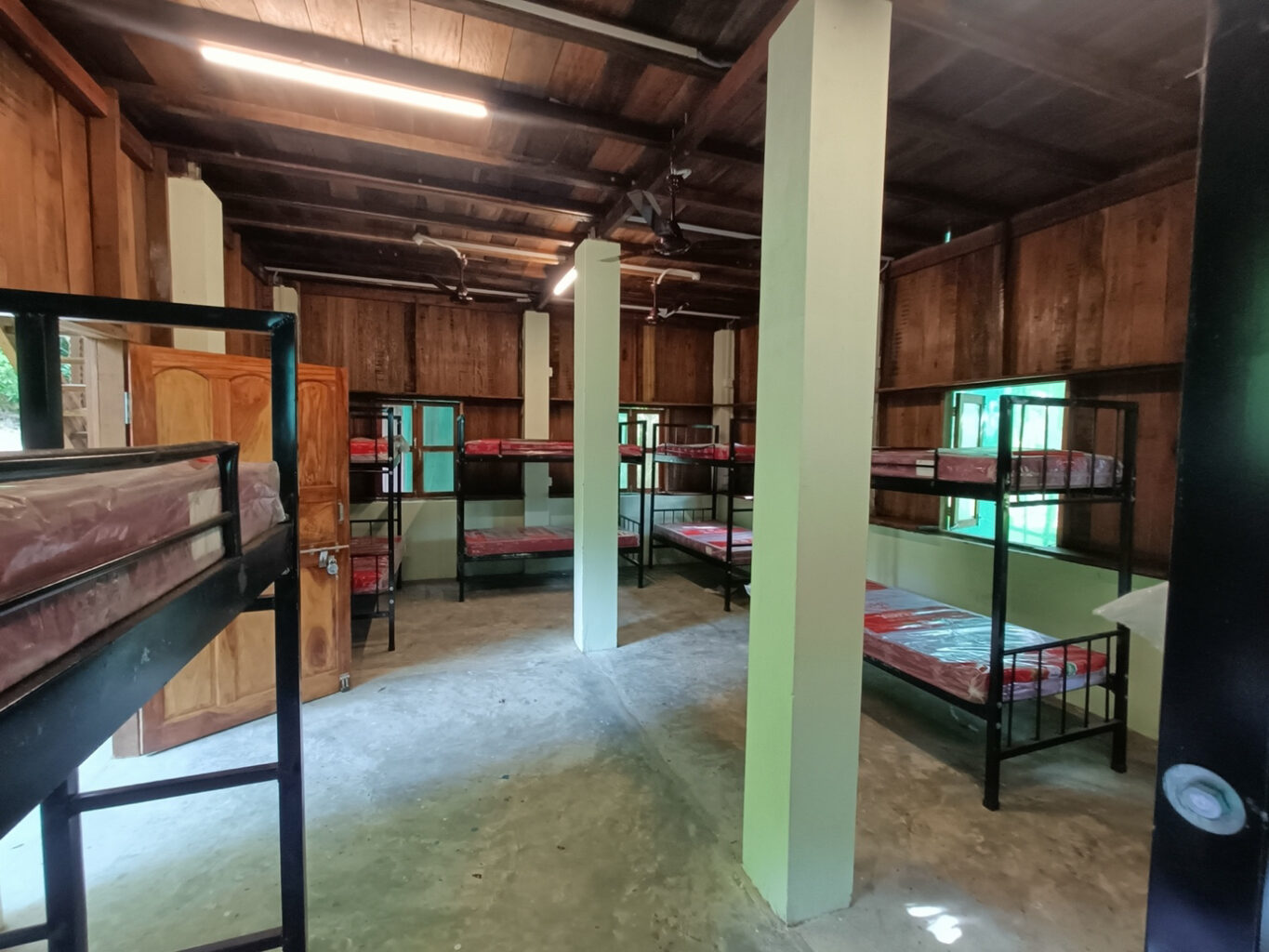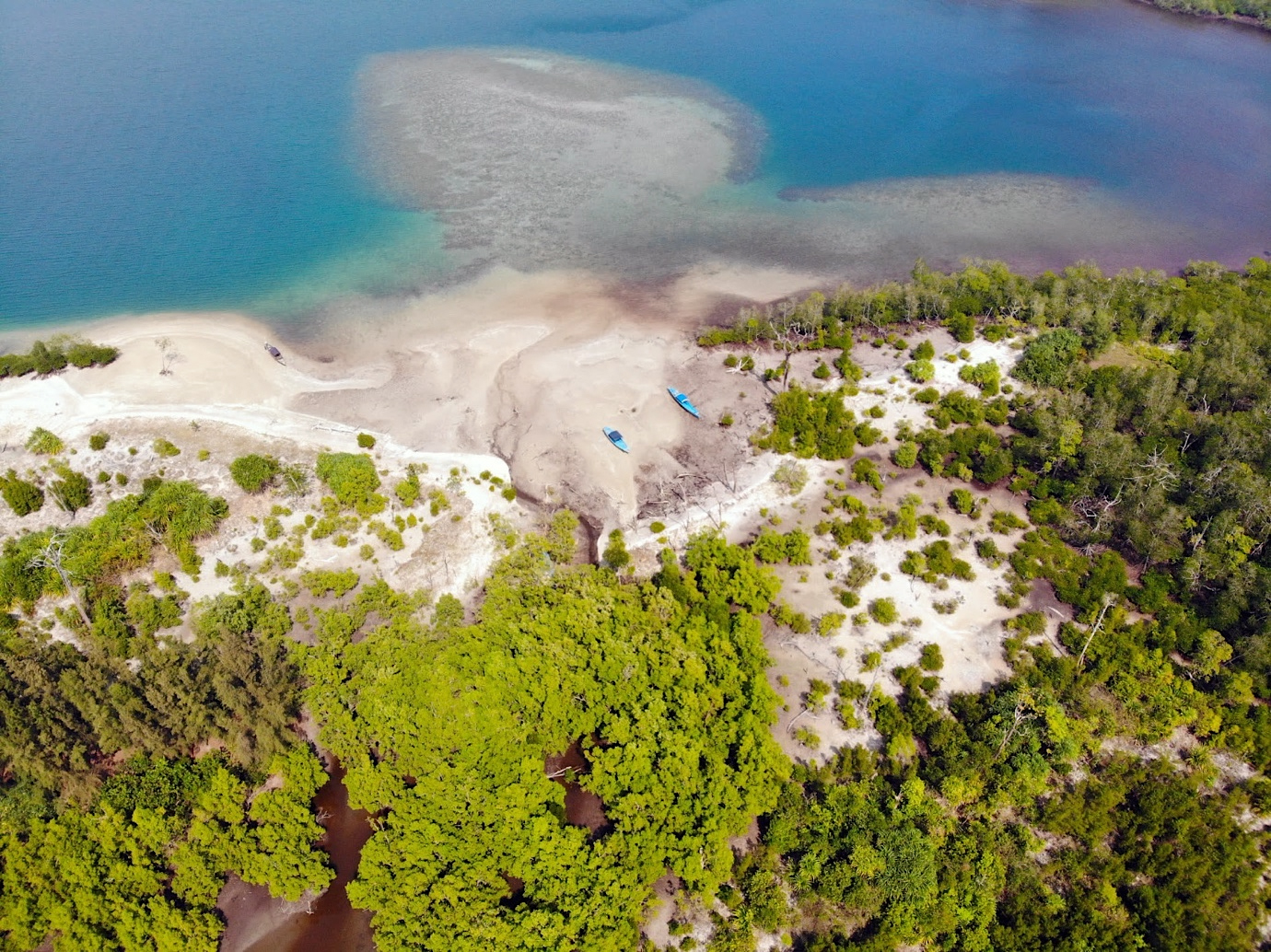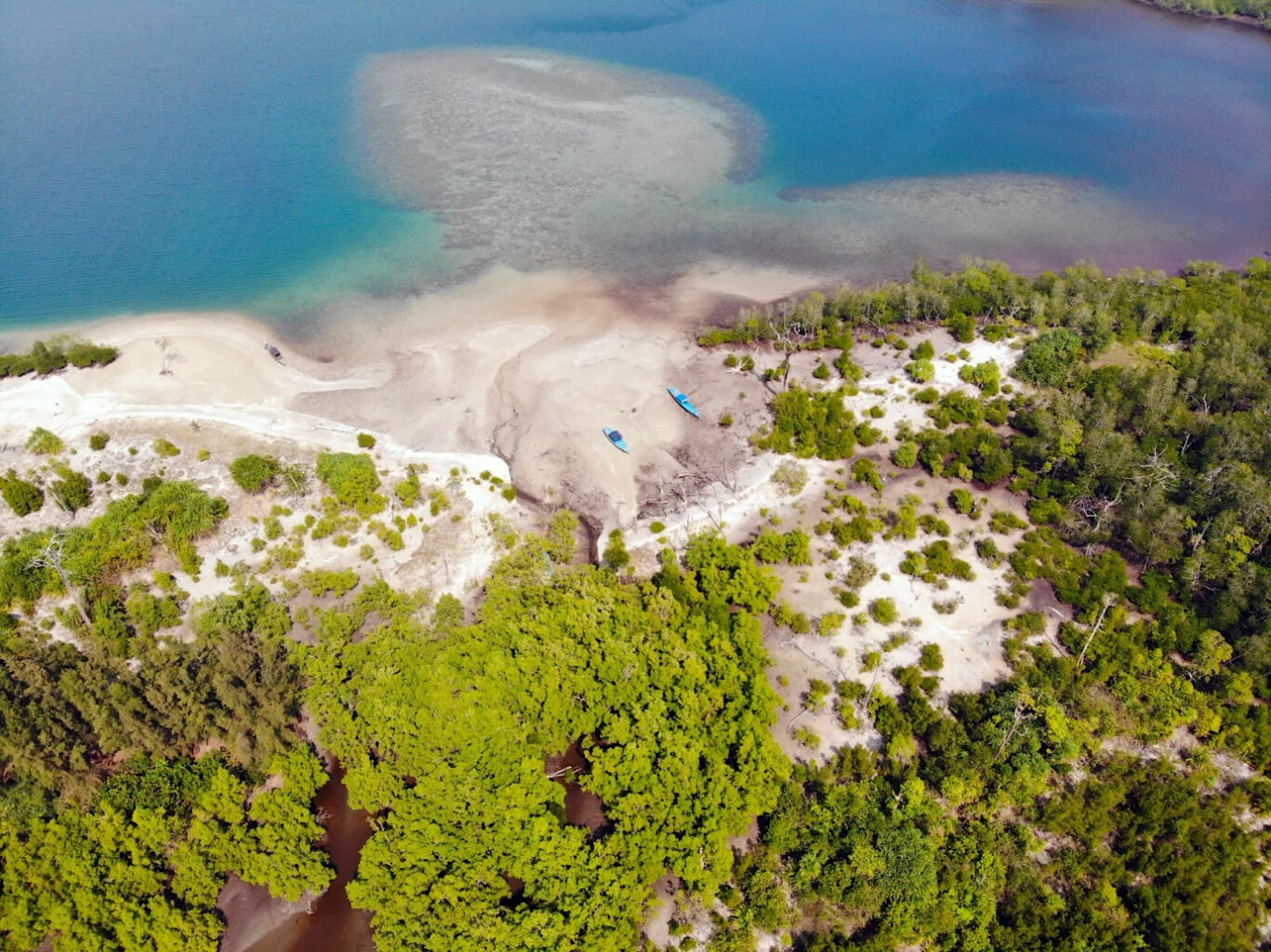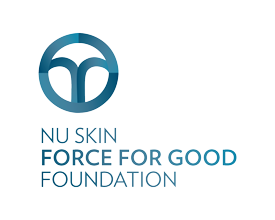Wandoor is a scenic village of 1,500 people on South Andaman Island, between Thailand and the Indian mainland. It is surrounded by extensive mangrove forests, littoral forests, rock and sand beaches, seagrass meadows, and coral reefs. Most people make a living by fishing or farming. As the sea level rises, however, brackish water has spoiled some farmland.
In the forests, there are many kinds of orchids, canes, and palms; mammals such as the Andaman palm civet; saltwater crocodiles, and king cobras. Dugongs and green sea turtles forage in the bays, and sea snakes nest in vegetation above the high tide line. The shallow water is a nursery for many kinds of fish, particularly sharks and rays.
Some of the forest and marine areas are legally protected on paper, but there is little protection on the ground. Under economic stress from declining fisheries and unprofitable farms, people cut mangroves and fish illegally.
A looming threat to this exceptional island is development for tourism. Current tourism plans ignore both the environment and the wishes of the local people. Unless the community can protect its habitats and livelihoods, development will bring only low-paying jobs, pollution, and a loss of cultural integrity.
Village authorities will protect a four-kilometer stretch of coast. They will also protect and replant about 50 acres (20 hectares) of mangrove and littoral forest and organize regular beach clean-ups.
A Seacology grant is funding a new community center, where youth can get environmental education and training related to tourism. The Andaman Nicobar Environment Team will teach youth to be forest guides, fishing and snorkeling guides, dive operators, craft-makers, and more. This will let them take part in—and help shape—the coming tourist boom.
The center will use solar energy and will include simple cottages for program participants. Community members will build it in the local style, with local renewable resources.


